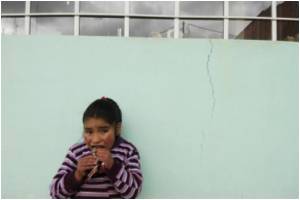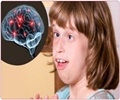Children are at an increased risk of autism if either of their parents is above the age of 35 at the time of conception.

But the new study found that if either parent is between 35 and 39 - regardless of whether it is the mother or the father - then the extra risk of having an autistic child is the same.
In both cases there is a 27 per cent greater chance of having a child on the autistic spectrum compared with families where both parents are under 35. But if both parents are in their late 30s, the risk does not increase any further than if only one of them is.
However, if one parent is under 35 and the other 40 or over, the extra risk of autism is greater with an older mother (65 per cent) compared with an older father (44 per cent), the Daily Mail reported.
Autism was thought to be linked to natural changes that occur to both eggs and sperm as people age.
The new study suggests that while age still plays a role, there must also be some other explanation, which is not yet known.
Advertisement
But they also suggested their findings could reflect the fact that older parents may seek help for children with developmental delays sooner.
Advertisement
"The [old] explanation was that new mutations in the sperm increase the risk for autism, and that new mutations in the egg increase the risk for autism," said Professor Erik Thorlund Parner at the University of Aarhus in Denmark, who led the study.
"One would then expect that if a couple had these particular mutations in both the sperm and the egg, then they would have a higher risk for autism than if only one parent had the particular mutation. We don't see this pattern," he stated.
Caroline Hattersley of The National Autistic Society noted: "While this research suggests that there is a link between parental age and autism, more studies are needed to understand the factors."
The study was published in the journal Annals Of Epidemiology.
Source-ANI









